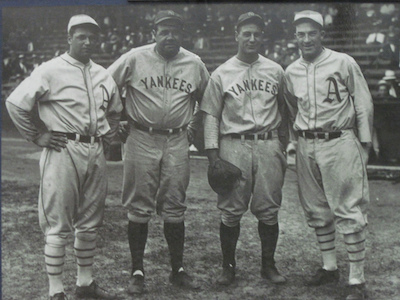Teaching the whole game

Teaching the "whole game" uses the metaphor of baseball to highlight how common approaches to teaching are the equivalent of doing batting practice without ever playing an actual game.
Conventional teaching for topics like maths and science either follows an "elements-first" approach, where we learn the elements of a topic then learn how to put them together later. Or, a "learn about" approach, where we learn about a topic (for example, learning historic facts) before we learn how to do it. Both are fine as short-term strategies. But, without eventually being shown the big picture, students never get sufficiently motivated to understand the material.
[@perkinsMakingLearningWhole2010] (pg 13-18)
I first learned about the concept through the Practical Deep Learning for Coders course by Jeremy Howard et all. The course follows a top-down, whole game style of teaching. Students first are shown how to train an image classifier, then slowly unpack the layers until they reach the underlying theory. By that time, the student is sufficiently motivated: they need the theory to train a better model.
Related to the notion of an Interest Curve, where an experience starts with an initial peak followed by a gradual increase to the final climax.
The cover image is Jimmie Foxx, Babe Ruth, Lou Gehrig, Al Simmons from Wikimedia.